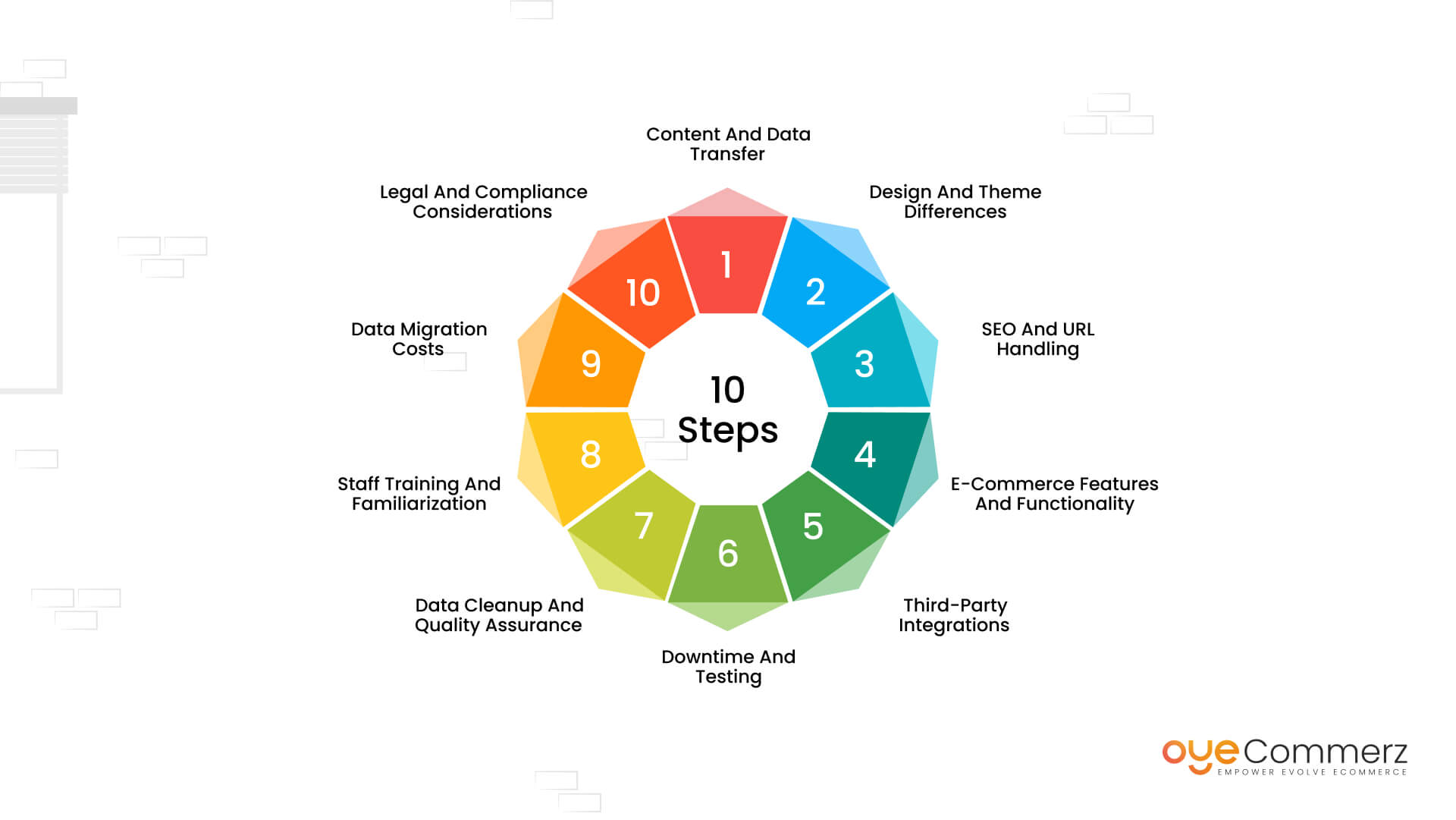Transitioning from WordPress to Shopify is an exciting step in optimizing your online store operations. As companies expand, choosing a solution that aligns with scalability, UX, and customization is essential. Shopify is widely recognized as a favorite for e-commerce professionals, offering superior flexibility, data protection, and ease of use. In this guide, we will delve into the transformative impact of this migration, discuss the advantages, and provide practical tips to ensure a smooth move.
1. Top Reasons to Transition from WP to Shopify
The combination of WordPress and WooCommerce, has served countless e-commerce platforms. However, as businesses scale, challenges like reliance on plugins, security vulnerabilities, and complex setups can hinder progress. Shopify, specifically created for e-commerce, eliminates these concerns with an all-in-one, intuitive platform. Real data back this shift—Shopify hosts over 4.4 million websites worldwide, with a documented 10% increase in sales performance for many businesses after migration.
2. Key Benefits of Shopify for E-commerce Success
Shopify’s robust ecosystem is tailored for expanding brands. Its standout benefits include:
- Seamless Customization: Shopify offers over 80 professionally designed themes.
- Integrated Tools: Capabilities such as Shopify Payments and integrated SEO streamline operations.
- International Expansion: Multi-currency support and regional customization enable businesses to reach global markets.
Additionally, Shopify delivers an uptime rate of 99.98%, ensuring your website remains accessible.
3. Getting Ready for Your WordPress-to-Shopify Transition
Before migrating, evaluate your current store. Analyze inventory details, customer details, and search engine rankings. Tools like Shopify’s Migration Kit or third-party solutions help ease the transition. Create a detailed strategy, making sure all resources—product descriptions, images, and articles—are optimized for transfer.
4. The Importance of Accurate Data Migration
Transferring your data forms the foundation for a smooth platform switch. When migrating from WordPress to Shopify, prioritize:
- Inventory Details: SKU, item summaries, and groupings.
- Customer Data: Emails, order history, and preferences.
- Search Engine Considerations: Preserve meta tags, URLs, and forwarding paths to maintain search rankings.
Use apps like LitExtension to facilitate seamless migration while minimizing errors.
5. Tailoring Your Shopify Store to Fit Your Brand
Post-migration, customizing your Shopify store helps it aligns with your business identity. Take advantage of Shopify’s drag-and-drop editor to design pages effortlessly. Shopify's themes are mobile-responsive, ensuring a seamless user experience across devices—a key point, given 74% of online shopping is generated by mobile users.
6. Maintaining SEO During Migration
Search engine optimization is crucial for preserving your online presence during migration. Shopify is highly optimized for search engines with organized link formatting, preloaded features, and smooth content management. Make sure you:
- Set up URL forwarding for existing links.
- Optimize new pages with keyword-rich content.
- Use Best Shopify migration services Shopify's apps Plug in SEO to monitor performance post-migration.
7. Post-Migration Testing
Once the migration is complete, run detailed checks.
Check:- Website speed (Shopify boasts faster speeds Shopify migration services in contrast with WordPress).
- Payment integration reliability and transaction flow.
- Adaptability across devices.
Testing ensures your store provides a seamless shopping journey from the start.
8. Real-Life Success Story
An example of effective platform switching is Gymshark, a fitness apparel brand that moved to Shopify. Post-migration, the company saw a 60% boost in mobile sales and significantly lowered site downtime. This showcases the capabilities of Shopify in driving online business success.
9. Challenges and Solutions
Migration comes with challenges, such as information accuracy and adjusting tailored features. However, Shopify’s robust support and external professionals make overcoming these hurdles manageable. Collaborating with experienced Shopify developers helps guarantee a trouble-free transition.
10. Making the Switch: The First Step Toward Success
Migrating from WordPress to Shopify marks a strategic approach to online retail. By addressing scalability, streamlining operations, and improving buyer satisfaction, Shopify empowers businesses to succeed in challenging industries.
Conclusion
Switching from WP to Shopify offers a smart solution that can greatly enhance your online business performance. With a well-structured strategy, the right tools, and expert support, you can unlock new success milestones.
Excited to start the journey? Let’s discuss how our Shopify migration services can transform your e-commerce platform. Contact us now, or ask yourself: Can your business afford to miss out on Shopify’s growth potential?

Comments on “Effortless Transition from WP to Shopify: A Comprehensive Roadmap for E-commerce Growth”